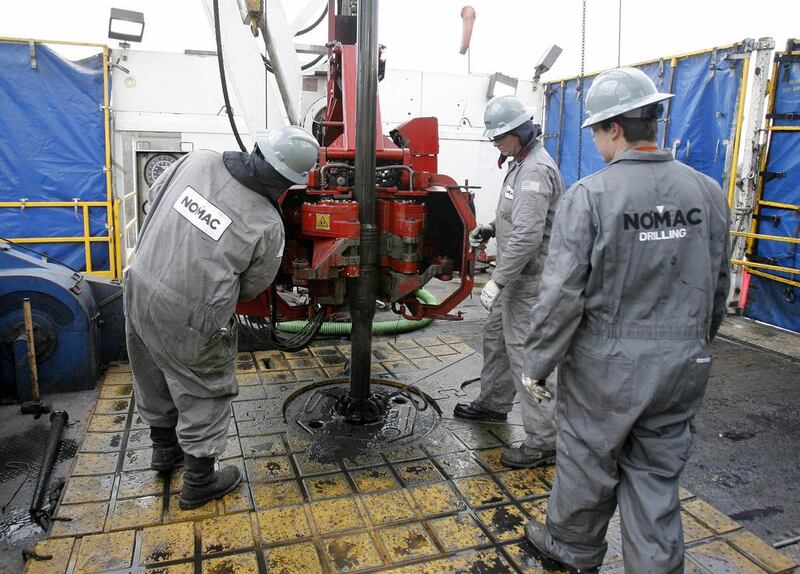SINGAPORE // Middle East oil producers can relax: North America’s rising output does not threaten their status as the world’s hydrocarbons hub.
So says the industry's consumer watchdog, the International Energy Agency (IEA).
A bounty of shale oil and a decline in American fuel consumption have helped the United States to trim oil imports and have thrown into question the importance of the country's partners in the Middle East, where special relationships have been forged amid the world's longest-producing fields.
“If some people say that as a result of the growth of American oil we do not need any more Middle East oil, I don’t find it right,” said Fatih Birol, the chief economist of the IEA, the Paris-based organisation representing 28 oil-consuming nations. He was speaking on the sidelines of Singapore International Energy Week.
“First, the size of the US unconventional oil resources are much lower than the Middle East oil, and second, producing US oil is much more expensive than the Middle East oil. Therefore, looking at this plus the growing oil demand, mainly driven by Asia, tells me that the Middle East is and will remain the heart of the global oil industry for many years to come.”
Fracking – the technique of forcing oil and gas out of shale formations by injecting reservoirs with a cocktail of sand, water and chemicals – has forced Arabian Gulf countries to reconsider their positions in the global energy market.
At the same conference in Singapore, Khalid bin Khalifa Al Thani, the chief executive of Qatargas, said “uncertainties” in the market were stalling investments in new capacity.
Abu Dhabi is investing US$40 billion in boosting production capacity to 3.5 million barrels per day (bpd) over the next five years from about 3 million bpd currently. Reaching that level requires building artificial islands, drilling some of the world’s longest horizontal wells and other technological feats. Part of that capacity could be kept as spare, say UAE officials, but the market could easily absorb all of it, said Mr Birol.
“I believe if this target is reached, there’ll be no problem whatsoever to find customers for that oil, and I would guess at handsome prices, and bringing significant revenues to the country,” he said. “If the UAE wants to increase the production after that, it will depend on when they get to 3.5; they will read the market conditions and they will see if there is a need.”
That outlook hinges on rising demand in the East, particularly in South East Asia, where oil demand is forecast to increase to 6.8 million bpd in 2035 from 4.4 million today, according to an IEA report released this week.
“The centre of gravity of the global energy system is shifting to Asia and South East Asia is an integral part of the Asian energy demand growth,” Mr Birol said at the release of the report. “Any policymaker who is not in this region will have to look at this region very closely to determine how this will affect his business, his investments and so on. Many companies will come here.”
Governments must also address inefficient subsidies, he warned.
“Many government say it’s a problem for us, but we do it to protect the poor,” he told the conference. “Our analysis shows exactly the opposite … Since the utilities are not getting revenues, they are to able to add infrastructure which would help the poor people lead better lives.
“So the idea of subsidies to help the poor is completely wrong.”
ayee@thenational.ae





